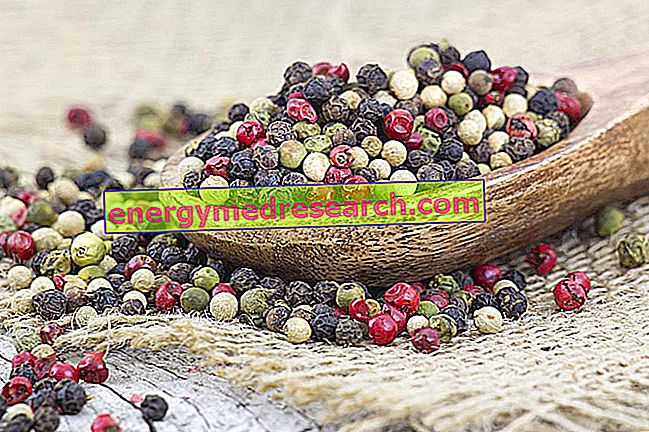This article aims to help the reader in the rapid identification of natural remedies useful in the treatment of various symptoms, disorders and pathologies. For some of the listed remedies, this utility may not have been confirmed by sufficient experimental tests conducted with a scientific method. Furthermore, any natural remedy presents potential risks and contraindications.
If available, we therefore recommend that you click on the link corresponding to the individual remedy to learn more about the topic. In any case, we remind you of the importance of avoiding self-treatment and to consult your doctor beforehand to ascertain the absence of contraindications and drug interactions.

Tanning is a natural process due to the increased synthesis of melanin and its deposition in the corneocytes (the fundamental cells of the epidermis). Melanin synthesis occurs in melanocytes: nerve-derived cells distributed in the area of connection between the epidermis and dermis; melanin synthesis occurs from tyrosine, an ordinary amino acid, and is obviously stimulated by exposure to sunlight.
The pigmentation of the skin also depends on the presence in the epithelial cells of carotenoids, red-orange plant pigments, and from the concentrations of oxyhemoglobin and reduced hemoglobin in the cutaneous vascular bed, which give the skin a pink or bluish color respectively.
Medicinal plants and supplements with Tanning properties
Plants rich in carotenoids, useful for giving a fake tan and for photoprotective properties.
Pigmentanti: carrot oil, walnut oil, henna.
To enhance the tanning effects of sunlight, see the article dedicated to photosensitizing plants.
For the protection of the skin from tanning-induced damage, see: antioxidant plants and supplements, plants and emollient supplements.



